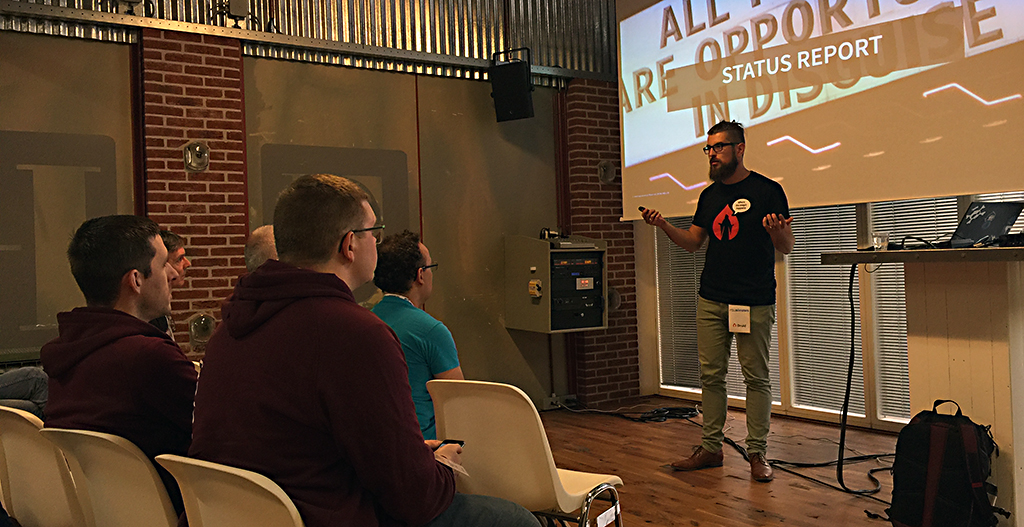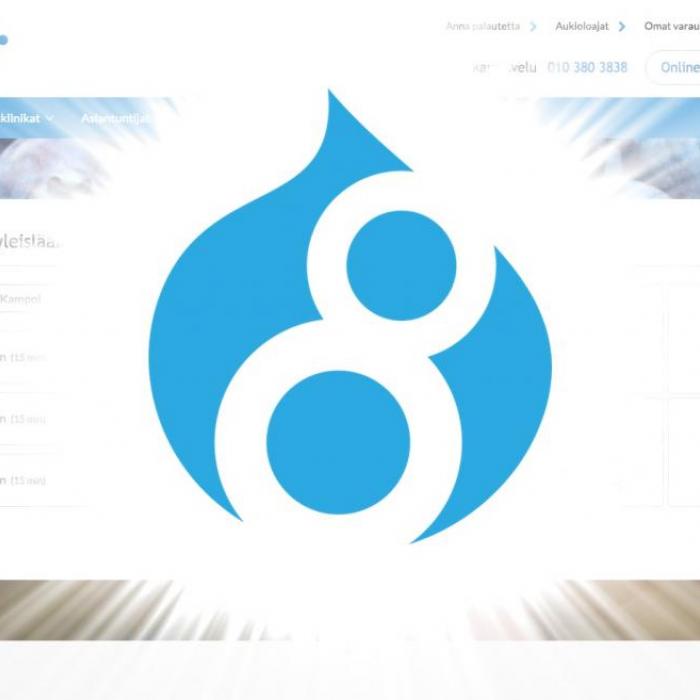
Tips and tricks for speakers-to-be: Getting ready to present
Last autumn I wrote about answering the call for papers for a conference. Let's continue from there. You have now submitted your abstract and your session proposal has been accepted. Well done! Now it’s time to roll up your sleeves, put a presentation together, and practice.
Slides
Start by creating your slides. You certainly don’t need to be an expert in presentation design – just remember to keep it understandable and accessible, as it can be difficult to try to follow busy slides while listening to the speaker. Try to create your slides so that they support your talk rather than distract from it. That’s easier said than done, but “less is more” is a good rule of thumb.
Regarding accessibility, here are a few practical tips:
- The text should be readable even from afar. Pay attention to font size and contrast.
- Write down difficult words, concepts and acronyms, so people can see the spelling and hear the pronunciation. Remember that not everybody may be a native speaker of the language you are speaking.
- If possible, publish your slides in advance. People can then download your slides and look at them during your presentation with their own accessibility preferences applied.
Practice
You know the feeling when a speaker captivates you and makes you sit on the edge of your seat from start to finish? How do they do that?
Besides presenting good content, doing it with a story helps keep the audience focused. Excitement, imagination, and humor make people enjoy an experience. Most of all, show your own love for the topic you are talking about.
Even, or especially, the best speakers practice their presentations, so don’t skip it! When you practice, you’ll notice what works and what doesn’t, and you’ll find better ways to explain your favorite topic. Practicing also gives you self-confidence which in turn makes it possible for you to own the stage, and enjoy the experience yourself.
When you feel comfortable on stage, you can focus on the topic itself instead of just getting through the presentation. You are even able to make an unplanned joke, or change your story a bit depending on your audience.
There are a few things worth paying attention to while practicing:
Volume. Speak loudly, although it feels awkward in the beginning. It makes the practice more realistic and useful. The voice should come from "deep inside of you". This can be necessary when speaking to a larger room without audio equipment. If you practice at home, in a small room, you automatically speak as if to a person next to you – not loud enough.
Speed. Many people tend to speak really fast when they’re a bit nervous. Slow down, breathe, and take your time. When you speak slowly enough you are able to articulate clearly and give yourself some extra time to think about what you want to say. Not to mention making yourself well understood by the audience and giving them time to think about your message. There are no awkward silences.
Hands. A common problem: what to do with the hands? Don’t worry about waving or gesturing, that doesn’t usually disturb too much. But do try to avoid fiddling with anything that makes a sound (clicking a pen for example) – that can be distracting for the audience.
Speaker notes. I recommend practicing with a second screen with speaker notes on it. If there are any things that you tend to forget, use the notes to remind yourself during the presentation. Most applications also show the upcoming slide next to your notes.
Recording. I also recommend recording yourself to observe the points above – what your hands are doing and whether you sound understandable – as well as to check the length of your presentation. Hearing and seeing yourself is weird in the beginning, but you’ll get used to it. After a while it gets more natural and maybe you can even be a bit proud of how good you are! You can of course also ask a friend or coworker to be your test audience.
Whatever happens, don’t be too hard on yourself. Every speaker once had to start exactly where you are now. Just be your genuine self, let your enthusiasm show, and tell your story. Even if something goes wrong, your knowledge and practice will help you put on a great performance.
All set and ready to rock? Good! In the third (and the last) post I’ll talk about giving the presentation – what to take into account and how to actually enjoy it!
Want to know more?






